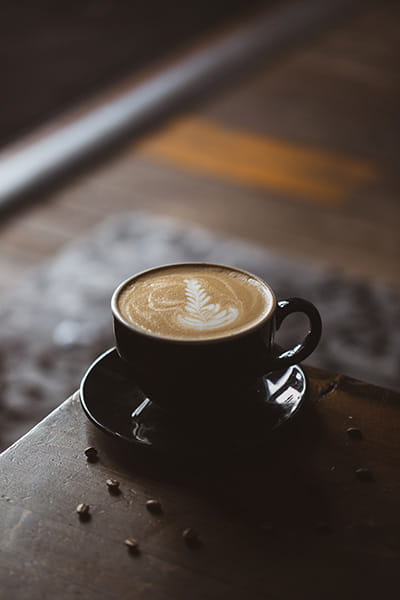A photographer's guide to still-life
What is still life photography?
“Still life” might be a term that you associate with artwork, but still life is actually an increasingly popular genre of photography, embraced by both amateur and professional photographers. The subject is typically an inanimate object, or small group of objects – making a contrast to portrait or landscape photography.
If you're interested in trying out some new styles of photography, still life can be a great starting point that you can try out from the comfort of your own home. If you’re interested in what others have done in the genre, there are tons of great examples out there, so explore Instagram and check out the #stilllife and #stilllifephotography hashtags to see what other people are creating. If you're interested in vintage style photography, Michal Klimovic is one of the most well-known photographers to produce a stunning range of still life images in this style.
How can I get started with still life photography?
The beauty of still life photography is that there are fantastic subjects everywhere around you. Pick something that speaks to you. It doesn’t need to be a vase of flowers or a bowl of fruit – although the colours, shapes and textures of food do make it a great subject to practise with! In fact, food is a firm favourite with still life photographers - check out Dan Bannino’s incredible ‘Still Diet’ series to see his playful take on fad diets in still life photography.
Whether it’s plants, clothes, coffee; you name it – any objects can make a beautiful still life composition. It’s always going to be easier to work with something you feel passionately about, so pick something that you find interesting. Decide how you’re going to compose your objects for your shot, and think about what else you need to make your photograph really stand out.

Even something as simple as a cup of coffee can tell a story / Image: Brennan Martinez, Unsplash.
Get a great backdrop
So you’ve picked a subject that’s close to your heart – what else do you need? Well, first of all, it’s well worth thinking about what sort of background you are going to use for your shot. If you’ve picked a detailed subject, for example, an ornate flower arrangement, or beautiful old piece of jewellery – then a plain background might work best. Conversely, if your subject is stunningly simple, an intricate background might be just the thing to bring whatever you are featuring, to life.
It’s all about the lighting
With all that said, you can have the most beautiful objects in the world, positioned artfully against a beautiful backdrop, but if they aren’t effectively lit, it won’t make for an impactful still life photograph. Experiment with natural and artificial light to see what suits your subject. Again, angles are important – look at how the position of your light source can create shadows. Many of the master photographers will play with light as a key aspect of every photo they take. Look for inspiration from Besim Mazhiqi, who creates stunning still life and street photography with a focus on light and dark.
Take your time
Spend some time, move things around – play with different angles and positions. Work out whether things look more interesting from above, or below. Just don’t rush. A good photograph takes time, and you might take a hundred shots that you aren’t happy with before you get to the one you love.
What equipment do I need for still life photography?
If you're taking your still-life photography seriously, a good quality tripod can be a great investment to take your photos to the next level. A tripod not only gives you a great quality image with no shake or blur, but it can also help you explore lots of different angles.
There are lots of interesting photography add-ons that you can buy for your camera too. If you’re a fan of adding filters using photo editing software, you might enjoy exploring how different filters on your lens can change the raw photo.
It’s also possible to find some great photography accessories that can give you a whole different photography style, without breaking the bank. Glass prisms and orbs are a popular tool for still life photographers to distort perspective, and create beautiful, surreal shots.




